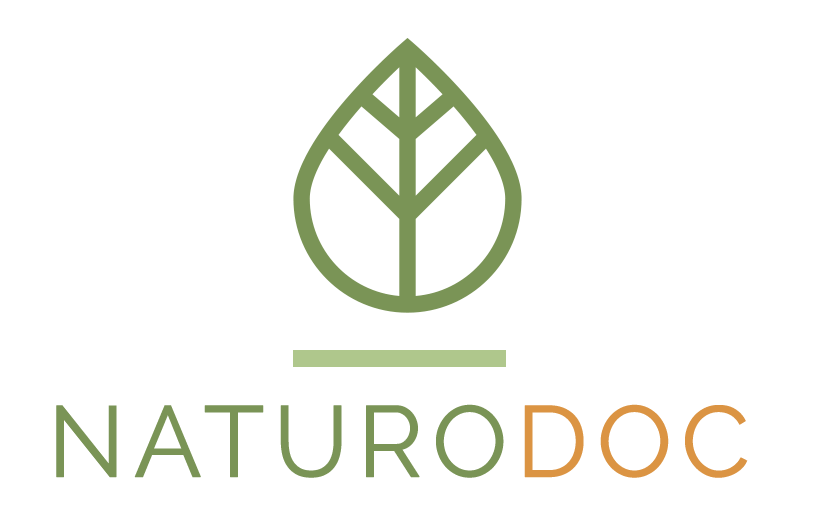Thermal Imaging in Diagnostics
Thermal imaging has become the first choice today for diagnostic imaging in general practice among many physicians. This technology is changing the practice of medicine and how patients experience their medical care.
Physicians and medical professionals have witnessed a technological and informational explosion in recent years. They are not alone, as the whole world has been transformed by the revolutions in information and communication technology. Intra-professional collaboration was a concept in science fiction in the recent past, but now it’s the wave of the present.
Today’s thermal imaging is not your parents’ infrared photography. Advances in bio-optic and digital manipulation now permit accurate, non-invasive, real-time imaging to be streamed over the Internet or available to specialists in video conferences. Using the proprietary protocols and emerging procedures from Thermal Imaging Consultants, LLC, these images can be valuable tools for specialists in the medical and allied professions.
Thermal imaging technology does not replace or diminish the value of existing methods. They too are advancing in quality and effectiveness. Thermal imaging simply provides access into earlier and safer diagnosis for many complex diseases and degenerative conditions.
Every treating physician or skilled provider team should come to appreciate this assistance in improving patient outcomes for less time and money. By being able to determine physiological events underway in real time, more rapid feedback can take place regarding the effects of medications and treatments being used, as well as the patient’s current circulatory status.
Thermal imaging is so safe and effective that it is becoming of interest to legal and insurance industries as a verification of residual pain patterns. Thermal challenge protocols can visualize a patient’s vascular condition, which will help a specialist distinguish pain patterns as physical or psychogenic, or even reveal malingering pain issues.
An important area of benefit to society is that of improving the treatment and prevention of cancer. The social and economic costs of this frightening diagnosis are obvious. By making a method of diagnosis available and affordable that will actually help in the earlier detection of cancerous processes, physicians will have better results in their efforts to cure it.
Modern oncology has moved toward a better understanding of the role of angio-neogenesis in the growth of tumors. Nitric oxide and other nutriceuticals are known to affect inflammatory processes as well. Thermal imaging technology permits doctors and patients to clearly monitor the physical effects of these medicines. Evaluation of chemotherapy drugs, natural medicines, and even nutritional regimens in this manner will soon become routine.
The benefits of early detection will affect many more health concerns than just cancer. Circulatory abnormalities of blood and lymphatic flows predict later degenerative diseases and higher risk for even some occupational injuries. Because this imaging is so visually dynamic and physically safe, future doctors and provider teams will be able to screen and motivate younger patients and their families to change risky lifestyle behaviors. Prevention of chronic disease is the best way to avoid having to pay for its treatment.
The benefits of thermal imaging for medical diagnosis are that it is…
Effective: Providing accurate real-time assessment of circulatory and neural physiology.
Painless: Offering non-invasive, non-intrusive positioning of the patient’s body.
Proven: With thermal gradient protocols that are scientifically proven to quantify physiological conditions.
Affordable: Lower costs of technology, training, and interpretation of results mean far less expense for providers, insurance carriers, and patients.
Easier: Thermal imaging is less invasive and time-consuming for patients and physicians.
Safer: There is no dangerous ionizing radiation or unproven sonic or magnetic frequencies to possibly harm or complicate the patient’s condition.
For these reasons, we can expect to see the practice of medicine or health services go through dramatic change in the future. As more people become aware of more sensible options for their medical care, the market will require that health service providers understand and use these tools.
To find out more about this emerging technology, contact a company on the forefront of innovative thermal imaging equipment and services, Thermal Imaging Consultants, LLC of Reno, Nevada at 1-866-376-5413.
